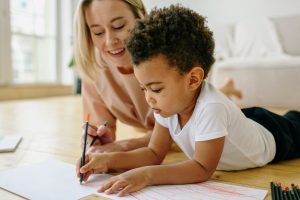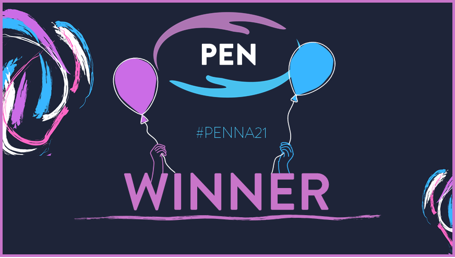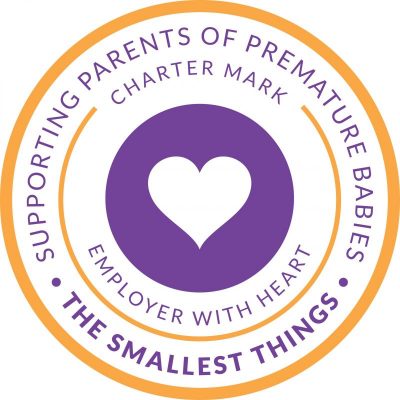Share
Mindfulness helps us to step back from the chatter of our minds and focus on the present. In the practice of mindfulness, we give ourselves permission to let go of dwelling on the past or worrying about the future. Instead, we aim to connect to the actual lived moments of our lives, whatever they may be. We may start to experience greater satisfaction in everyday experiences, such as becoming aware of the taste and smell of the food we are eating or noticing how we feel watching a beautiful sunset.

Practicing mindfulness can help us to reign in our thinking-mind. We learn to ‘let go’ of thoughts, viewing them as simply mental events, rather than truths to engage with. We also practice inhabiting the sensations of the breath and the body, and in so doing, we learn to connect to a wider sense of ourselves; one in which thinking does not need to dominate our whole experience. There is evidence that practicing mindfulness regularly improves our concentration and focus, reduces our experience of pain and distress, improves our overall wellbeing, and actually leads to structural changes in the brain in area that are responsible for our ability to ‘self-soothe’ and regulate our emotions.
Did you know that children can practice mindfulness too?
Mindfulness is suitable for anyone, even children. In fact, there are some excellent books for children that make mindfulness more accessible. It is a great life skill to learn at an early age and can provide a well needed moment of calm for both children and their parents or carers. If you need an idea for a mindfulness technique to practice with your child, why not try this mindful drawing exercise?

Draw your emotions
Mindfulness includes awareness of what we’re feeling, as well as the world around us. Young children sometimes have difficulty naming their feelings but drawing emotions can be a great way for a child to pay attention to what they are feeling and express it without using words. The key here is to try doing this exercise at different times – not only when your child is upset. Start by sitting down together and ask them to close their eyes. Encourage them to think about how they are feeling at that moment. You might want to offer some words to give them some ideas. For instance, perhaps ask if they are feeling happy, sad, scared, angry, worried. Then ask them to draw how they feel. Make sure you role model the exercise too by drawing how you are feeling as well. If they name their emotion, you can write the word on their picture too. Try to let their imagination run wild on this one, encourage them to use any colours or medium they want without constraining them to using one bit of paper or one type of pencil.
Try this today: 10-minute mindfulness practice:
Some of the easiest mindfulness practices are using activities that we already do every day, such as eating, brushing our teeth, walking, standing in a queue etc.
- Choose an activity to do mindfully.
- Before you begin, become aware of your posture, and the nature of the movement required to begin the task.
- Check in with your body and be inquisitive about any physical sensations.
- Pay attention to your senses. Notice any smells, sights, or sounds that accompany the activity.
- You may find it helpful to undertake your task more carefully and slowly than normal. Bring your full awareness to everything you are doing moment by moment.
- As you apply this level of mindful awareness, it is possible that this will change your experience of the task. Consider how this makes you feel.
- At times, thoughts may arise and distract your concentration. When this happens, try to remember this is normal and to be expected. Then when you are ready, return your awareness back to the task.
- As you come to the end of your activity, notice if there is a tendency to want to rush on to the next thing. If so, see if you can let the activity’s conclusion be as mindful as the earlier moments.
- You might like to congratulate yourself on what you have achieved. Do you notice a sense of satisfaction from your activity?
Related News
Vita is an award-winning, CQC registered healthcare provider














